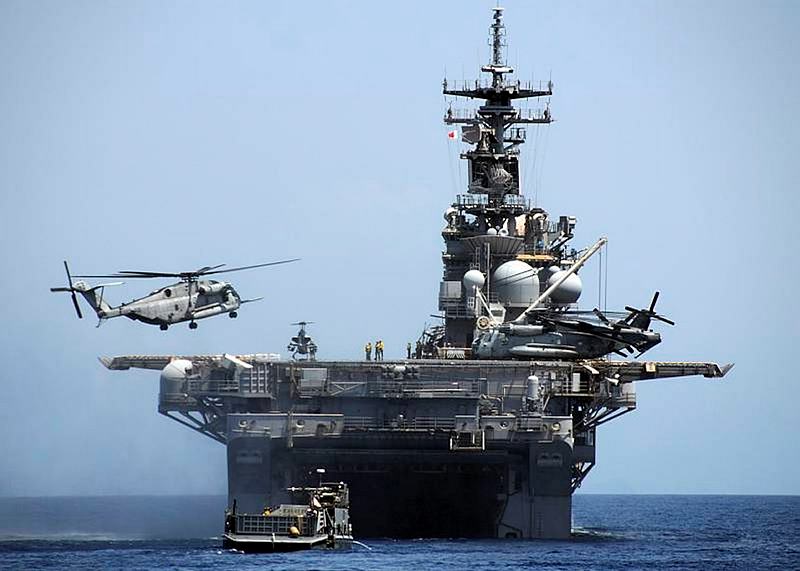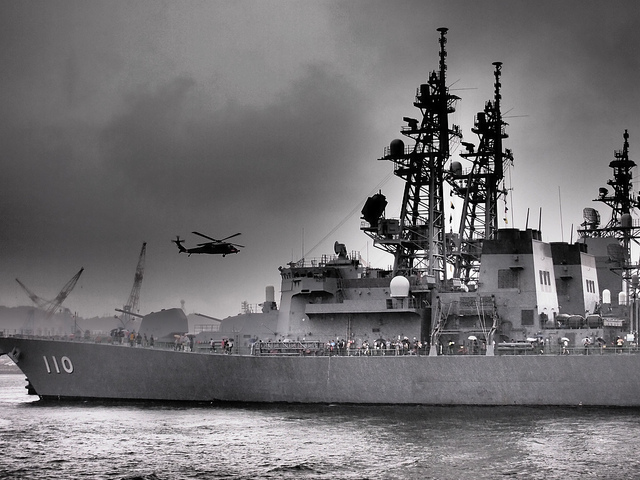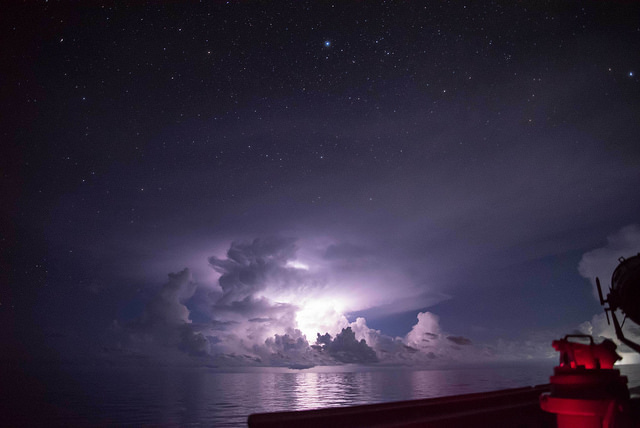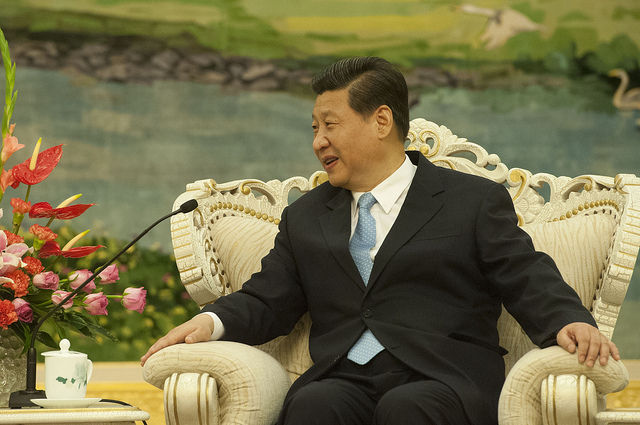Why Australia should join ASEAN
Australia should join the Association of South East Asian Nations.
And to promote this big call even higher up the mountain to be climbed, Australia will become a member of ASEAN.
The ‘should’ and ‘will’ claims come with huge degree-of-difficulty handicaps and long timelines. Hard to achieve, much persuasion required, and plenty of time needed. But not impossible to imagine. We should do it the gradual ASEAN way by aiming to have Australia as a partial member within a decade.
ASEAN is about to proclaim itself a Community. This is classic ASEAN: announcing the achievement when it’s still largely an aim. Australia should use the same technique: proclaim its readiness for membership as it sets out on the long climb to make it reality.
An ASEAN aspiration would offer a new dimension to the Turnbull Government’s narrative about an optimistic country living in Asia in the best of times.
The ‘should join’ ASEAN argument rests on a broad range of Australia’s Asia interests—not least the tectonic shifts in the power balance— as well as the many elements of the Oz relationship with Southeast Asia.
The other side of the ‘should’ claim is that bringing Australia inside would help the practical policies and political aspirations of the ASEAN Community. ASEAN aspires to big changes in the nature and meaning of the Association; Australia offers much for that long-term Community project. And Australia offers much to ASEAN’s dual geostrategic purpose: maintain stability, retain independence.
The ‘will become a member’ is more than just blue sky optimism. The ‘will’ declaration draws on the long history of Australian involvement in Southeast Asia. Often in the past that Australian effort has been ambitious—on occasion adventurous. Time for new ambition, even at the risk of some thrills, spills and bruises along the way.
Joining ASEAN is the logical culmination of decades of Australian regional engagement. ASEAN membership would be an embrace of region in the service of deepest interests.
In the defence realm, Australia seeks a united, stable Southeast Asian that acts as a strategic shield across the north of the continent. Economically, the Australia–New Zealand–ASEAN Free Trade Agreement can be the departure point for further Oz–Kiwi integration in the new Community.
History teaches that very little is historically inevitable, yet the history of Australia’s approach to ASEAN is a consistent trend. Australia draws ever closer as ASEAN grows in importance and power.
Last year, Australia marked the 40th anniversary of becoming ASEAN’s first dialogue partner. Over the decade leading to the 50th anniversary, Australia should make the case for joining.
The Australian aim shouldn’t be full membership by 2024. Repeat, not full membership within a decade. To go for the complete package would be to set up failure. Do this the ASEAN way: step by step. Australia should instead reach for half-in/half-out membership as an ASEAN observer. Let’s reach for observer status by 2024, shifting up from the current perch of dialogue partner (and departing the pack of dialogue partners).
Australia would seek the same observer status currently held by Papua New Guinea (since 1976) and Timor Leste (2002). Yet Australia’s aspiration would be to play a bigger, more constructive and active role than the existing observers. On the journey to the ASEAN Community—social, political and strategic—Australia has much to give. Start the climb to full membership after achieving, consolidating and contributing from the half-in role of observer.
If Australia seeks membership, New Zealand would come along. A joint Oz–Kiwi effort would be mutually reinforcing. Convincing the Kiwis would be the easiest part.
Two huge arguments need to be confronted. One, obviously, is with ASEAN. The ten-member Association will take a mountain of convincing.
The other country which would have to make big changes in its thinking and understanding of itself is Australia. The shift in Australian attitudes would be as significant as that within ASEAN.
This series will draw on conversations and interviews in Southeast Asia over the past couple of years. Often in those conversations—after working through the objections of ASEAN interlocutors—the same end point was reached: Australia will have to convince itself before it can convince ASEAN. If we come to believe it, many in ASEAN would be interested in the conversation that will follow.
The ultimate arguments won’t be about the geography of Southeast Asia; this will be about attitudes, understandings and beliefs. And the right to belong that comes from a sense of belonging. Here lies much of the benefit of even beginning this process.
The geography argument, by the way, is simply dealt with. Australia, as a nation sharing a border with Indonesia, is seeking the same membership status as two other Indonesian neighbours, PNG and Timor Leste.
Despite the negative arguments mounted by Australia’s Foreign Affairs Department, Canberra won’t have to give up deeply-held policy beliefs to enter ASEAN. Australia can heartily embrace the values enshrined in ASEAN’s Community.
Membership wouldn’t impact on the alliance with the US, any more than formal alliances with the US have restricted the ASEAN roles of Thailand or the Philippines. Certainly the quasi alliance Singapore has created with America hasn’t altered Singapore’s ASEAN commitment. Australia would come at this from a different direction, but with the same spirit. The alliance would be an asset not a hindrance to ASEAN membership. To be continued…










